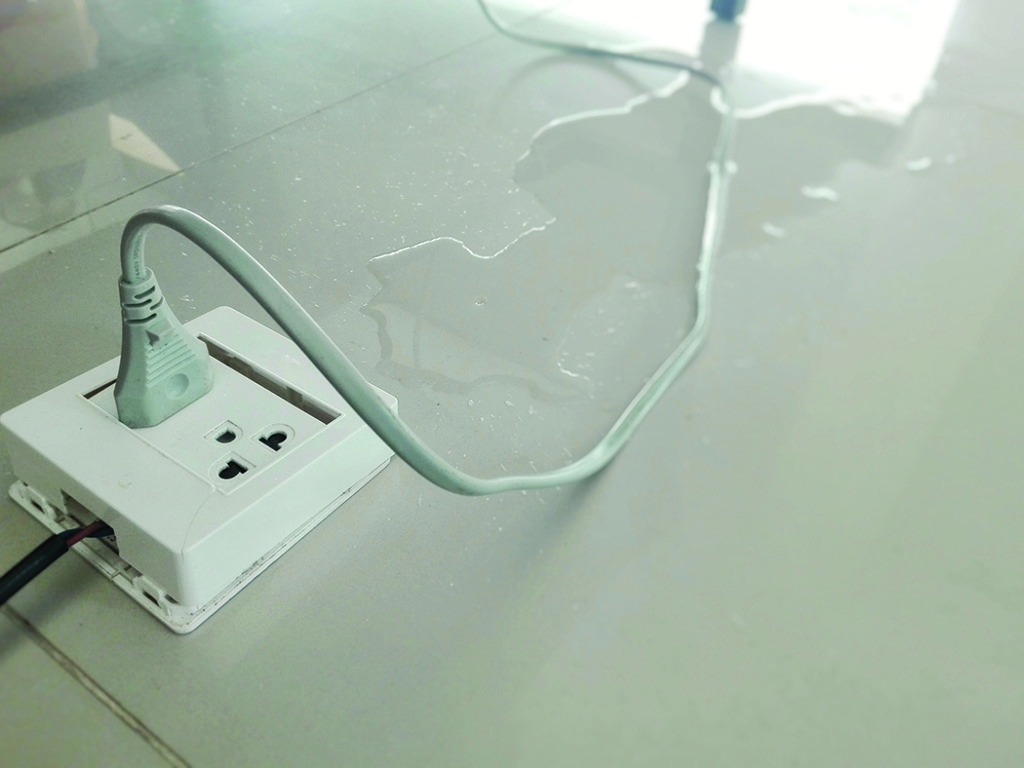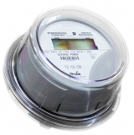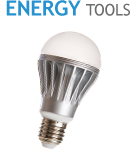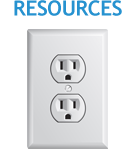Water, water everywhere— but not near electricity
News From Diverse Power
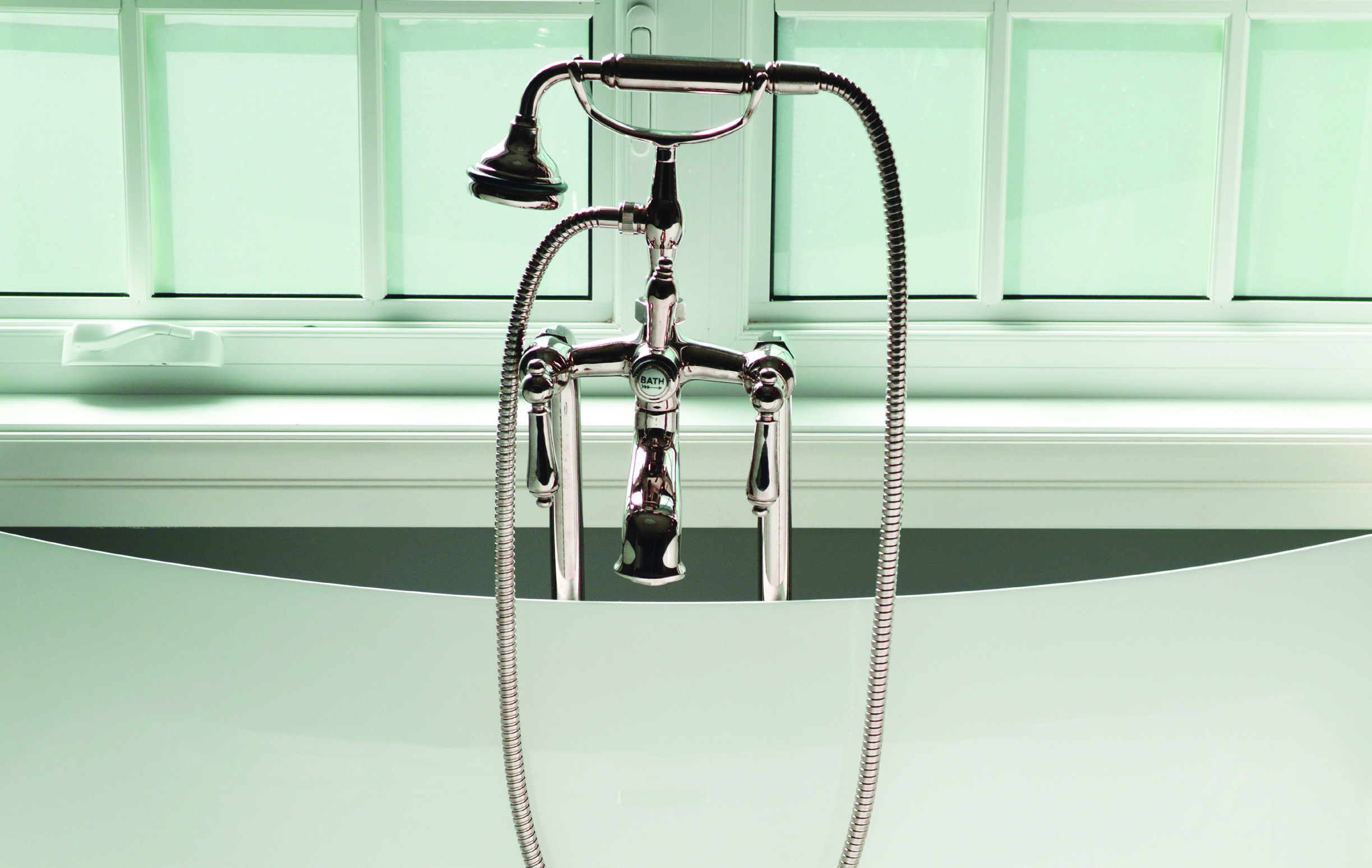
On summer days, you’re likely to take more showers than usual after swimming, playing outdoor sports or working in the yard. So make sure your bathroom is a safe place.
The bathroom is one of the few places in the home where electrical appliances and water have a great chance to meet—and a great chance to cause electrical shock or death.
If you have children, the bathroom can be a room of hazards—electrical or otherwise— waiting to happen. Try these tips to lessen the danger:
1. Use a bath mat with a nonskid bottom and use a nonslip mat or decals on the floor of the tub.
2. Keep medications and vitamins in their original containers to avoid confusion, and always choose child-resistant caps. Keep medications and cleaning supplies locked up if there are small children around.
3. Make a storage space under the counter and out of the way for hair dryers, curling irons and other electrical appliances that could be hazardous with water contact. Educate children on the dangers of mixing water and electricity.
4. Use nightlights in the hallway and bathroom for easy bathroom access at night.
5. Don’t leave children unattended during bath time. If you have toddlers, use toilet seat locks to prevent drowning.
6. Check the temperature of bath water and fully fill the tub before putting children in. Tap water can instantly scald if you let it run too hot. Lower the temperature on your water heater to 120 F to guard against burns, but keep bath water at 100 F or lower.
7. Use only electrical appliances or cords that bear the label of an independent testing laboratory like Underwriters Laboratories.
